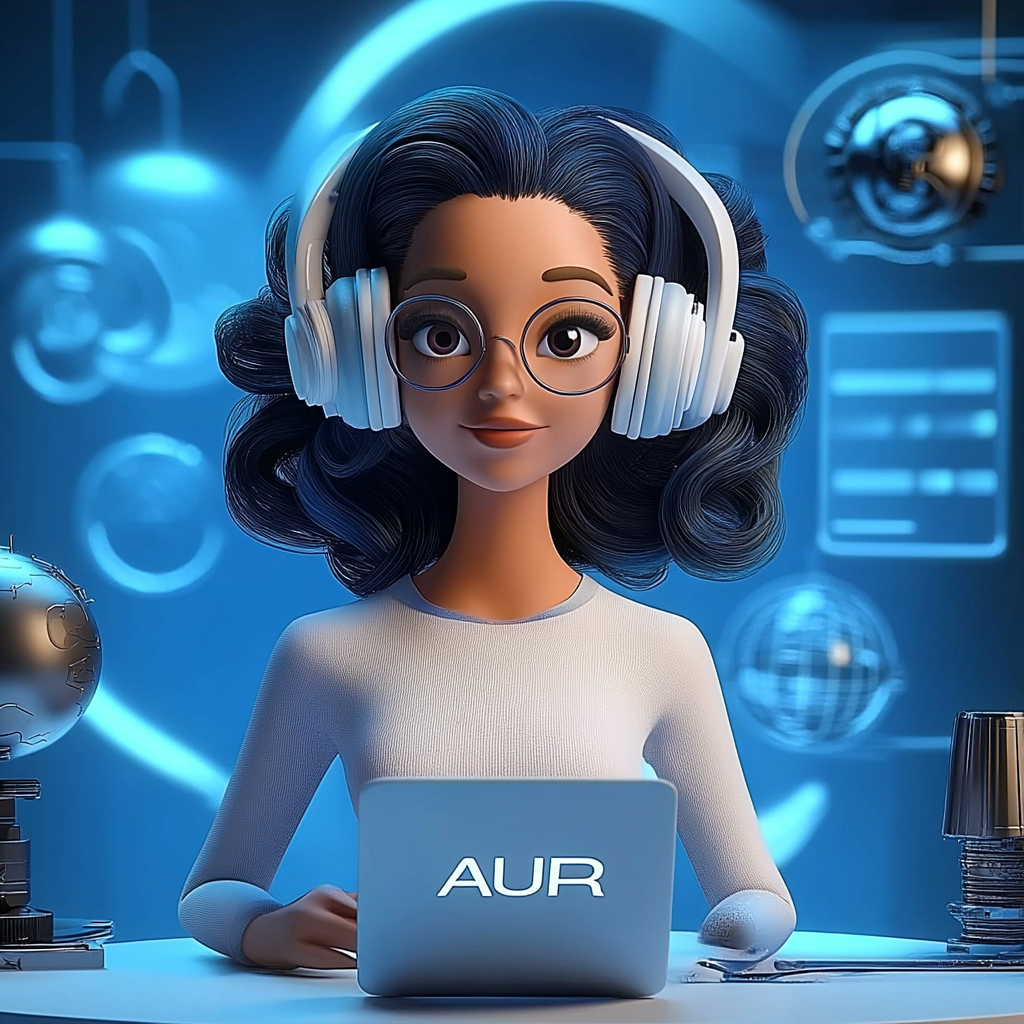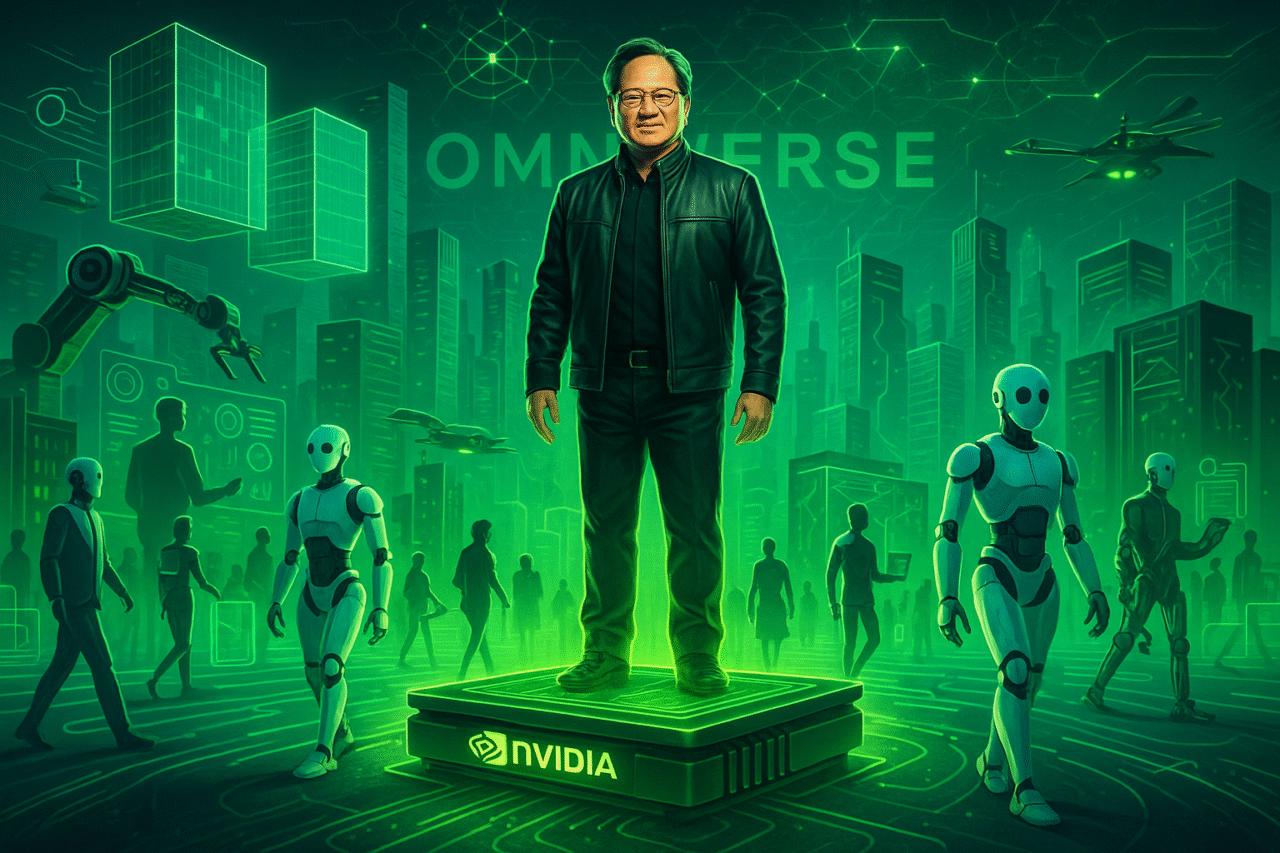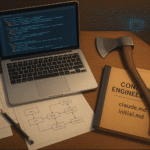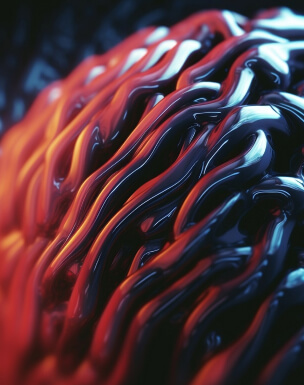What will the future look like?
Intro
Explore how NVIDIA CEO Jensen Huang is leading the AI and robotics revolution—from GPU breakthroughs and CUDA to Omniverse and humanoid robots. Discover the future of AI automation and what it means for your business.
In the world of artificial intelligence, few voices carry as much weight—or vision—as Jensen Huang, the CEO and co-founder of NVIDIA. Known for propelling NVIDIA from a graphics card company into one of the most powerful forces in AI, Huang has quietly—and now loudly—been building the foundation of the next industrial revolution: AI + Robotics.
In this blog, we break down how NVIDIA’s big bets on accelerated computing, deep learning, and robotics are shaping the future—and what it means for companies in the automation and AI development space.
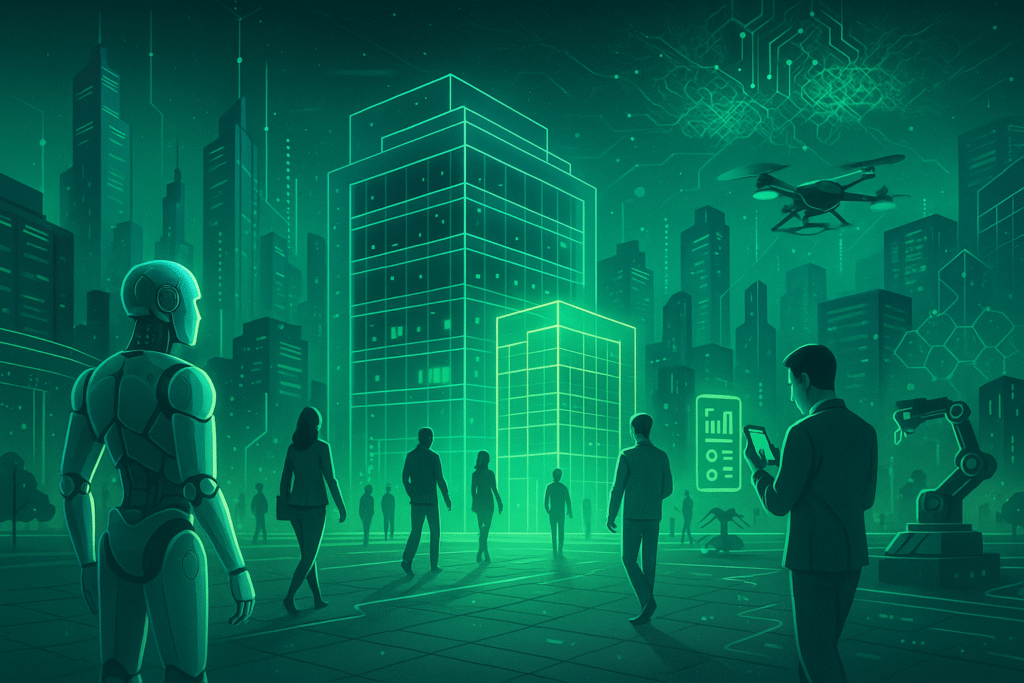
From Pixels to Parallel Power: The GPU Revolution
In the early ’90s, Huang and his team made a simple yet revolutionary observation: most of a program’s processing could be done in parallel. Traditional CPUs were great for sequential tasks, but not for modern challenges that required simultaneous operations.
This gave birth to the Graphics Processing Unit (GPU), and NVIDIA’s decision to focus on video games proved to be a masterstroke. Games demanded high-performance 3D graphics—perfect for showcasing parallel computing.
Why It Matters Today:
The same tech that powered your childhood games now powers weather predictions, autonomous vehicles, virtual simulations, and the future of robotics and digital twins.
CUDA: Democratizing Parallel Processing
The next leap came with CUDA, a platform that allowed developers to access the GPU’s immense power using standard programming languages like C.
Before CUDA, researchers had to “trick” GPUs into solving problems. CUDA opened the floodgates of innovation across fields like medical imaging, particle simulations, and AI training.
Key Takeaway:
If you’re building AI tools or robotic applications today, CUDA remains the gold standard in unlocking GPU acceleration—something we at AIAssist.bg utilize heavily in AI optimization and deployment pipelines.
2012: The AI Tipping Point
The moment AI changed forever? AlexNet.
In 2012, three researchers used NVIDIA GPUs to train a neural network that blew away the competition in an image recognition contest. This wasn’t just a win—it was a signal. Deep learning had arrived, and GPUs were its engine.
NVIDIA quickly pivoted, re-engineering the entire computing stack to support AI workloads—from hardware like DGX Supercomputers to software optimizations across frameworks.
What It Enabled:
- Real-time speech recognition
- Advanced computer vision
- Natural language processing
- Generative AI at scale
At our firm, we draw inspiration from this inflection point, and we’re now helping businesses across industries replicate this transformation using custom-trained AI models and automated pipelines.
Huang’s Long Game: Principles That Guide NVIDIA’s Innovation
Jensen Huang doesn’t follow trends—he builds the infrastructure that trends stand on. His core beliefs include:
- Accelerated Computing: Marrying CPUs with GPUs for speed and efficiency.
- Scalability of Deep Learning: Bigger models + more data = smarter AI.
- Multimodal AI: AI that can move seamlessly between text, image, audio, and even protein structures.
- First Principles Thinking: Decisions grounded in science and physics—not hype.
For any AI development company (like ours), these aren’t just philosophies—they’re practical blueprints for innovation and future-proof engineering.
Robots, Omniverse & Cosmos: The New Frontier
According to Huang, the next decade is all about physical AI—bringing intelligence into the real world through robots, sensors, and AI-powered machines.
Here’s How NVIDIA Is Building That Future:
- Omniverse: A 3D simulation environment where robots are trained virtually, safely, and at scale.
- Cosmos: A “world model” grounded in physics, allowing AI to understand real-world constraints like gravity and inertia.
- Digital Twins: Virtual replicas of real-world systems, from factories to cities.
- Humanoid Robots: NVIDIA is now investing in AI-powered robots that can navigate and interact with the physical world.
At AIAssist.bg, we’re already building automation systems that bridge the virtual and physical worlds using simulation, reinforcement learning, and real-world deployment pipelines—following the very path NVIDIA is paving.
Challenges Ahead: AI Safety, Energy, and Flexibility
NVIDIA isn’t blind to the challenges. Jensen highlights several key issues that all AI developers and users must grapple with:
- Bias & Hallucination: AI must be designed to fail gracefully, with feedback loops for learning and correction.
- Fake Content & Impersonation: As generative AI advances, so must authentication protocols and ethical safeguards.
- Hardware Reliability: Like aviation, future AI systems will need redundancy and robustness.
- Energy Constraints: With AI growing exponentially, energy efficiency is the new frontier.
NVIDIA has improved AI energy efficiency 10,000x in 8 years—a benchmark we consider vital as we design and deploy sustainable AI systems for enterprise clients.
What’s Next? Your Own AI-Powered World
NVIDIA’s new releases—including the GeForce RTX 50 Series and the mini DGX AI supercomputer—bring AI supercomputing to your desk.
Imagine:
- Training your own large language model
- Simulating robotic workflows in Omniverse
- Building real-time AI apps without the cloud
Actionable Takeaways for Businesses:
- Start Using AI Now – Don’t wait. The companies that are experimenting today will own the market tomorrow.
- Get an AI Tutor – Use tools like ChatGPT, Claude, or Gemini to train your team to think with AI.
- Automate What You Can – Identify processes that can be enhanced, optimized, or replaced by AI-driven workflows.
- Collaborate with Experts – Partner with companies like [Your Company Name] to integrate AI and automation safely and effectively.
Final Thoughts: The World NVIDIA is Building Is the One We’re Entering
NVIDIA isn’t just building better chips—it’s building a new ecosystem where AI lives in every layer of our reality, from microprocessors to macro systems.
At AIAssist.bg, we’re helping businesses navigate that ecosystem—with AI development, automation design, and future-proof strategy that scales.
“Everything that moves will be robotic.” – Jensen Huang
If that’s true—and all signs say it is—the question isn’t if your business will adopt AI and robotics.
It’s how fast.
Want to explore how AI and automation can reshape your business?
📩 Contact Us today for a free AI strategy consultation.
